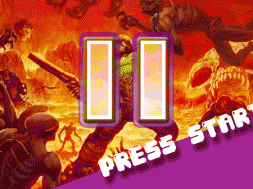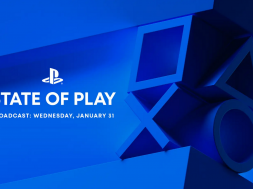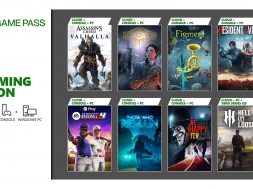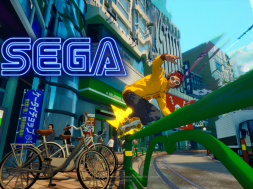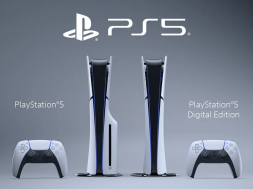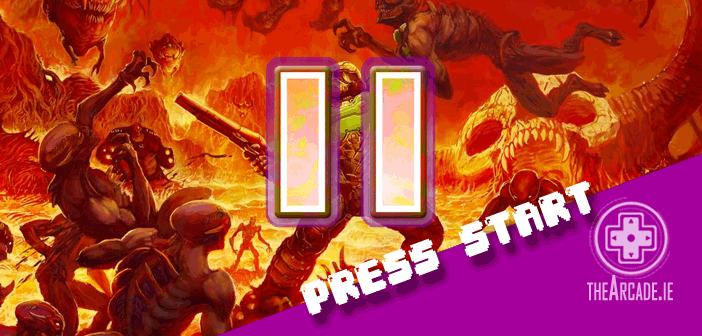
When I introduced my friend to the wonders of gaming a few months ago with the most recent Tomb Raider game, I think I failed to explain exactly what she was getting into. You see, it wasn’t just a simple case of buying the game and liking the game, she had bought into a franchise spanning over 20 years. Not only that, but she had bought that game during a sale, meaning she didn’t have to weep at seeing a €50 price tag on the latest release. Sadly, reality smacked her in the face the other night when she realised the sequel had just come out, leading to a long explanation that €50 was actually the cheap price, and buying the same thing in store would leave you clutching your wallet in fear for the next game to catch your eye. Gaming has almost always been an expensive hobby for anyone looking to play the latest release, and even more so for those among us who cling to the clutter that comes with special edition releases, but explaining this to my friend made me realise just how truly absurd the situation has become. Assuming I make about €10 an hour on a 20 hour work week as so many college students are, I could spend anywhere from a quarter to half of my income on one newly released video game. It made me wonder is keeping up appearances really worth such a high price?
Back when I was a kid, technology wasn’t as freely available as it is now. I could go into any Eurostore now and buy a knock-off 4gb Mp3 player for a tenner, but back when they were ‘cool’ the same thing could easily cost you €80. Gaming seems to have done the opposite and turned games that used to be a tenner into the choice between gaming and feeding yourself. I remember going to a game store after getting my brothers hand-me-down Playstation and buying a memory card and 2 games for about €15. Sure, they weren’t the most advanced games, you could barely tell you were playing as Bugs Bunny half the time for the size of the pixels that made him up, but they were fun! I could spend hours playing the same game, and pop in another few months later to pick up another game to satisfy my gaming appetite guilt-free, and without worrying that my actual appetite suffering.
Nowadays, gamers can plan out their year like clockwork, waiting for the next exalted Steam sale to lower the prices, and knowing that every company will follow the same model almost precisely. As outlined in an article by Kate Cox on The Consumerist, any game that you want will likely be priced at €60 euro on release, followed by months of paid downloadable content (DLC) all priced at around €10-20, followed by the eventual “Game of The Year” edition packaging the game and DLC into a nice little bundle so the company can make one last cash grab on late buyers. So, realistically if you want to get one game in it’s entireity, you’re either waiting about a year for the bundle, or you’re spending as high as €100 on one title! That’s without even knowing if you’ll like the game or not.
I flip a coin on every game I purchase these days, not only because of the gut-wrenching price but because there’s never a guarantee of quality. Quite frankly if I had a euro for every flagship title to leave it’s player wondering when the fun part would begin even while the credits rolled, I’d be able to afford a lot more games! I think a lot of the problem stems from that fact we have too many people learning code these days. It’s a double-edged sword in a lot of ways, because while we’re seeing more creativity and ideas coming into the scene, there are also a lot of people simply making cash grabs and flooding the market as a result. Not to mention the industry has become awash with marketing slang and controversial campaigns designed to lure in prospective buyers. For example, 20 or 30 years ago, developers had no choice but to use 64-bit pixel graphics, they worked hard and got creative about how to make these square blocks look like actual people or places that looked pleasing to the eye. However nowadays a developer can slap together figures that look more like square blobs of colour rather than objects, and as long as they slap a ‘Retro’ title on their game they can still charge out the nose for it, hoping to capitalise on the older generation of gamers sense of nostalgia.
Never get me wrong, there are always good, well made titles being released that are more than deserving of your patronage. One of my most recent favorites, Undertale, came to me with a €7 price tag on day one, and I would gladly give the developer more if I could. Toby Fox created a loveable, unique narrative that transcends the graphics used to create it. However, it’s anyone’s guess whether a well made title will come from a lowly independent developer like Toby Fox or a huge Triple-A giant of the industry like Electronic Arts. How is anyone to know whether the money they’re spending is truly worth it, and where do we draw the line on how much we spend just to keep our hobby alive? Honestly, I have no idea where gaming will go in the next 10 years, but I sincerely hope that I won’t have to mortgage my house just to keep it up.
